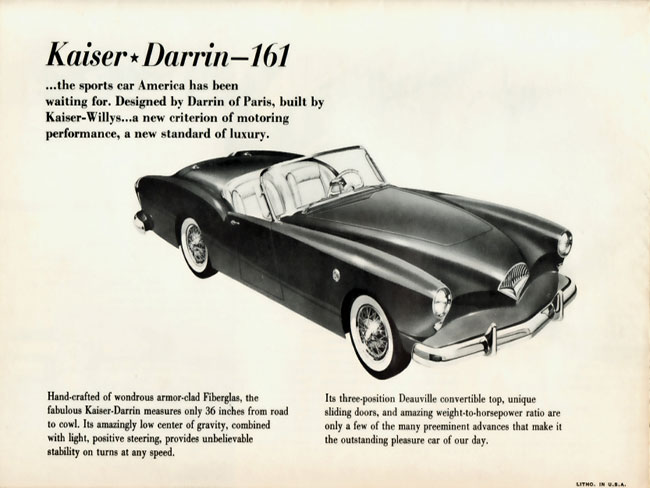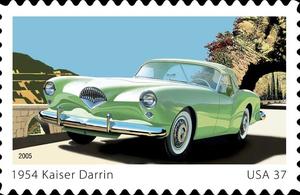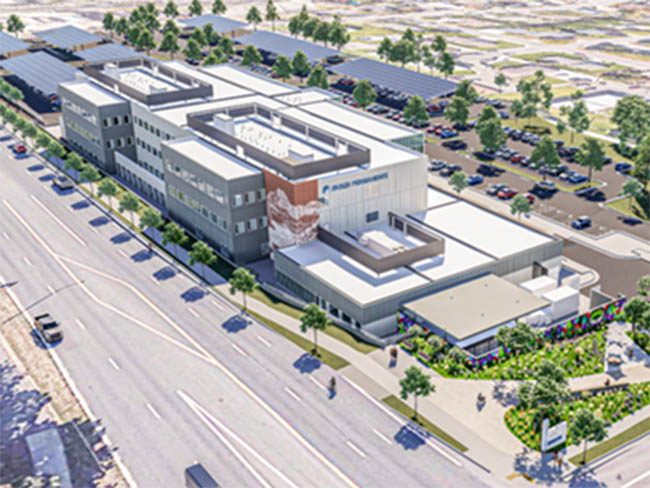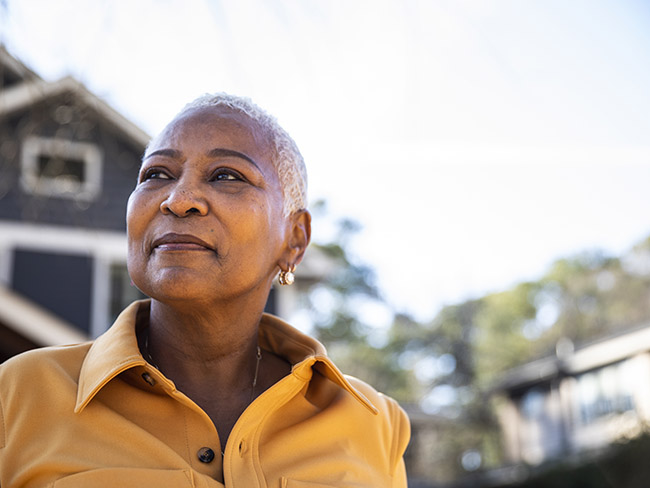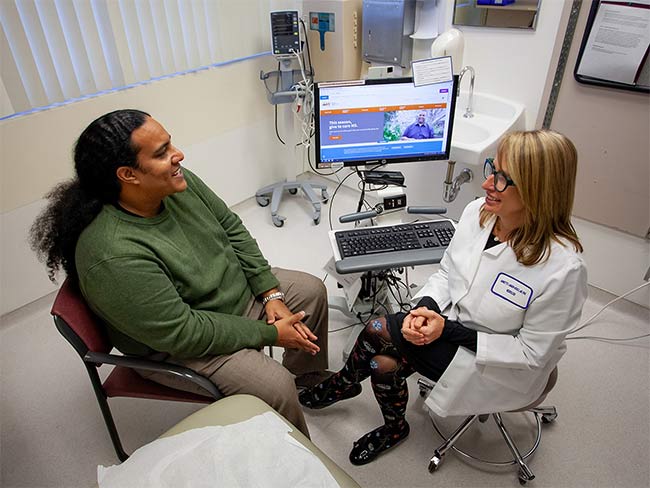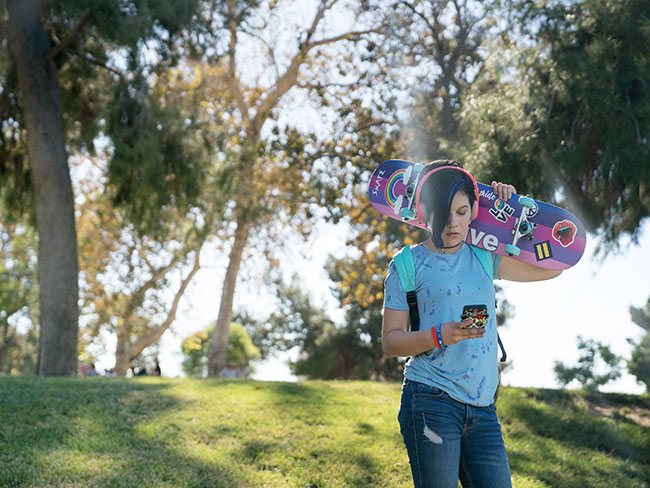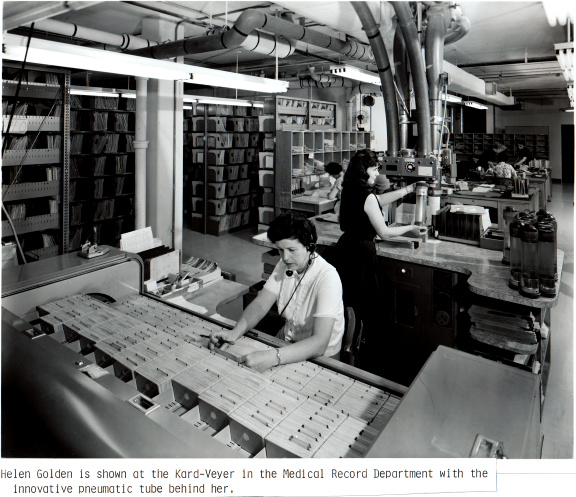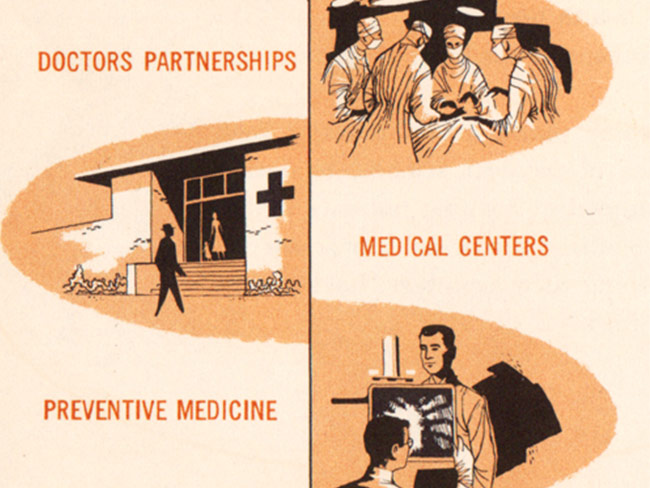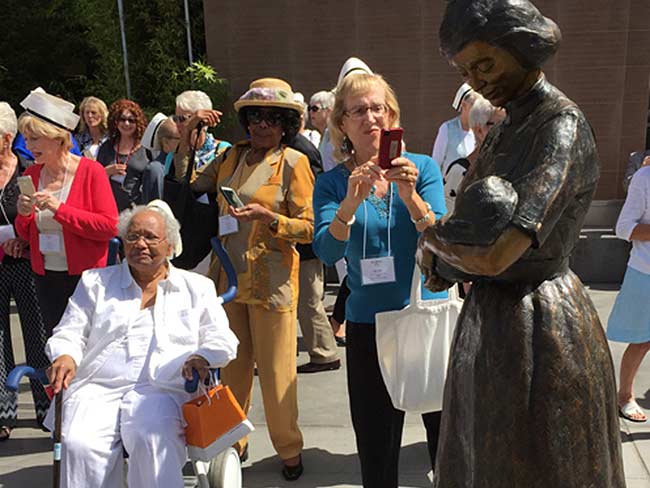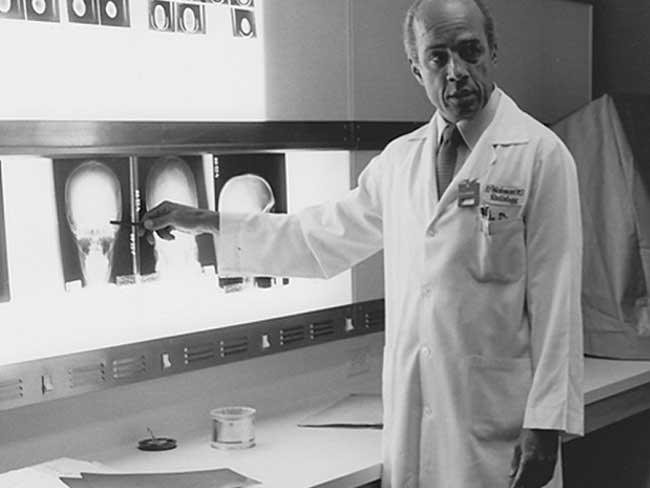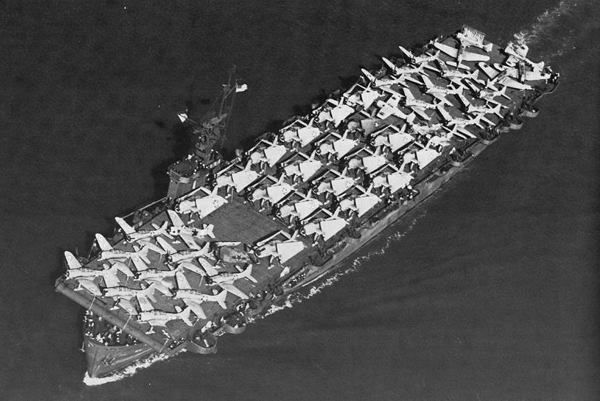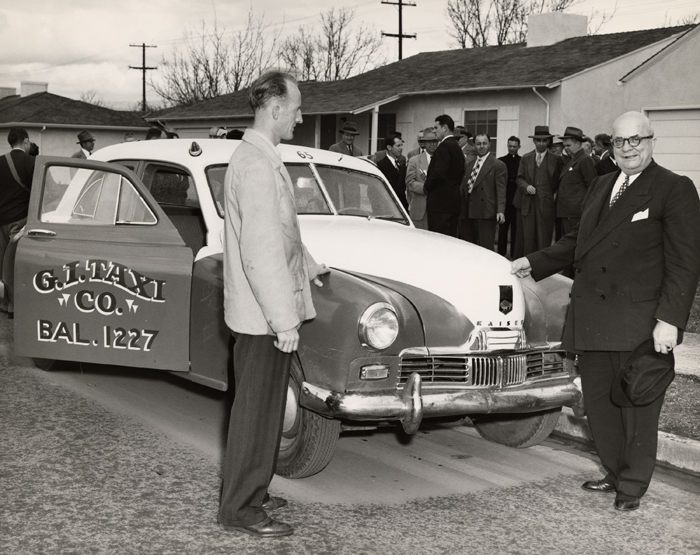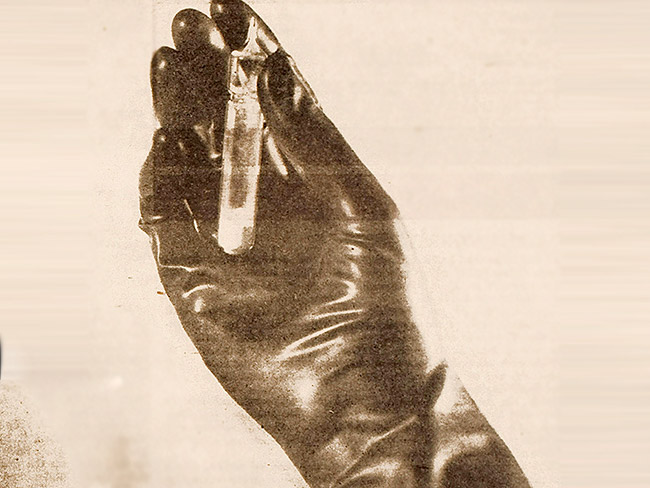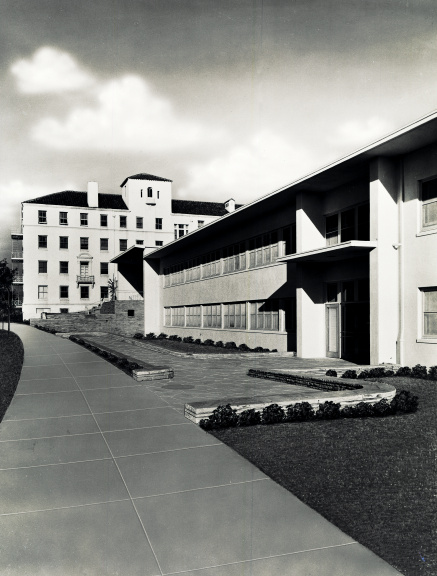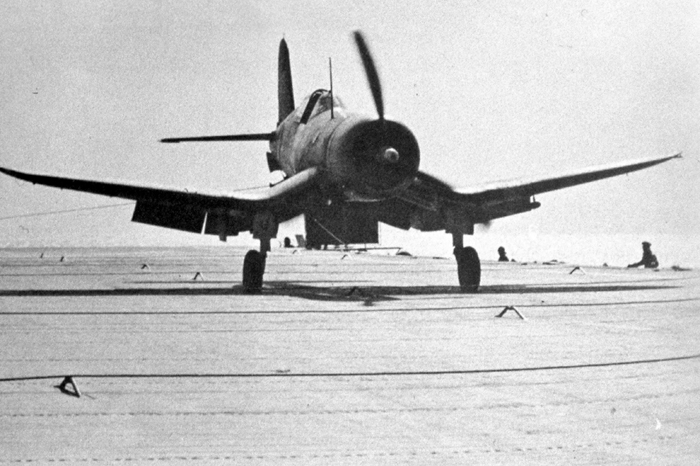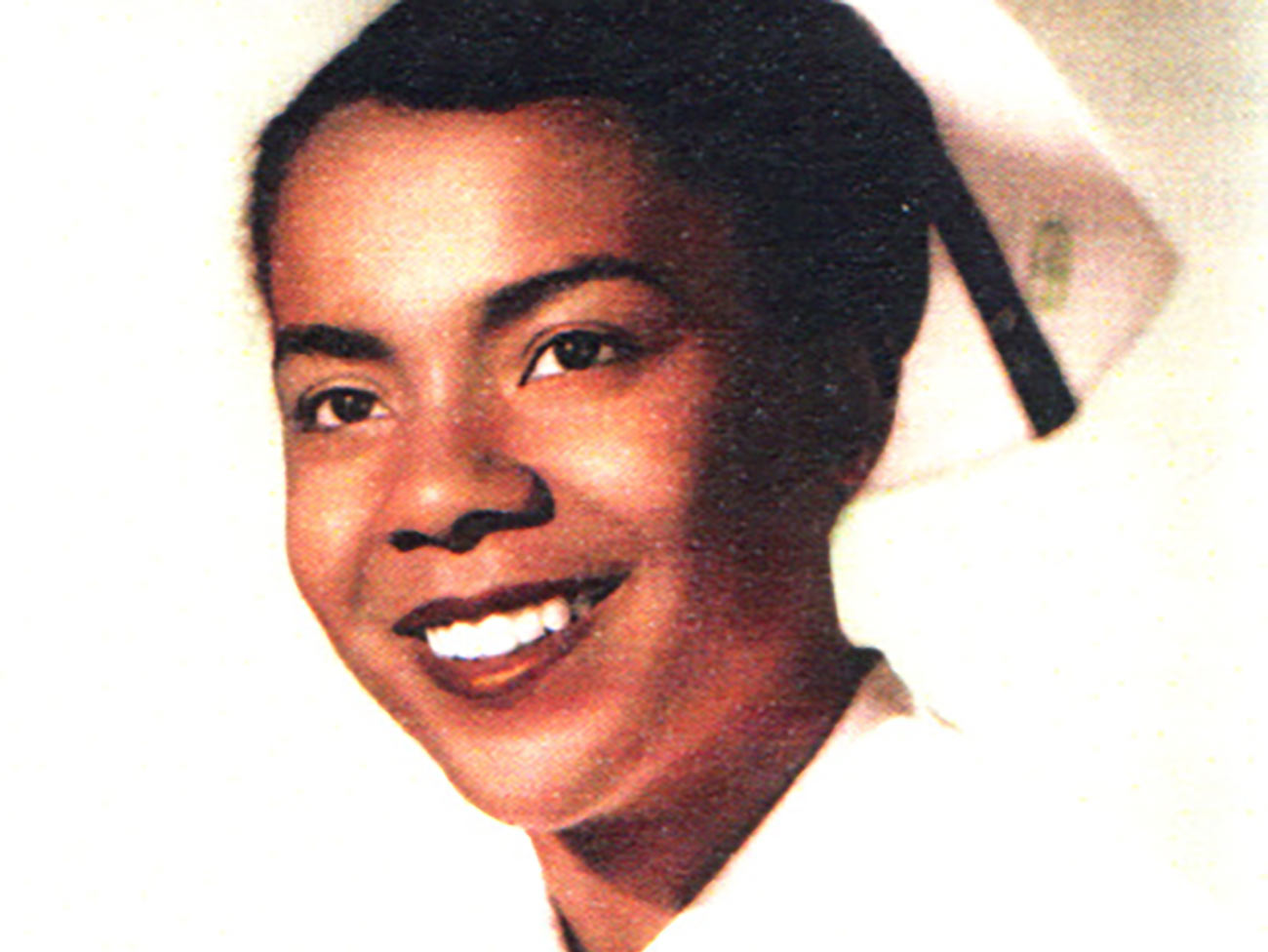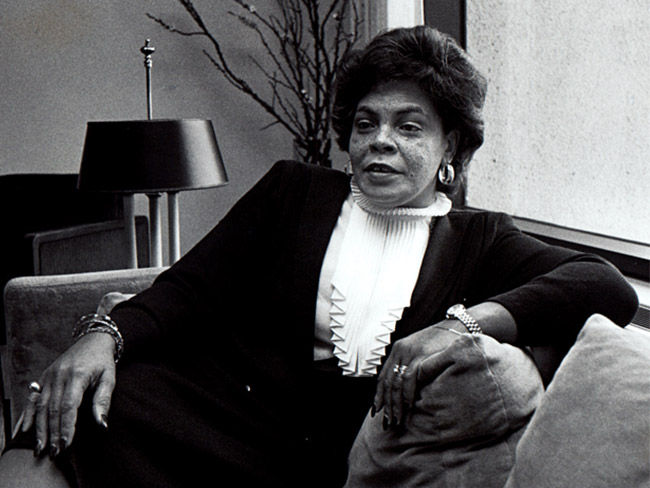Kaiser-built 1954 sports car delights today’s collectors
Henry J. Kaiser and Howard Darrin collaborated on producing and designing the Kaiser-Darrin cars, one of America's first sports cars.
1954 Kaiser-Darrin donated to Oakland Museum by retired Kaiser Permanente pediatrician Ed Schoen
When Henry J. Kaiser went into the car manufacturing business in the late 1940s, he had big ideas, as he did in all his ventures. Unlike his many successful start-ups — the most notable legacy being Kaiser Permanente — his foray into the automotive business seemed a failure at the time. He went on to make a success in producing Jeeps, but the economy sedans (the Henry J), luxury and family cars (Manhattan and Special), and the sporty, 2-seater Kaiser-Darrin were no longer manufactured after 1954. The small Kaiser Motors Corporation had lost out to the big 3: Ford, General Motors and Chrysler.
The happy part of this story is about the Kaiser-Darrin, which is living a charmed life today in the hands of avid collectors. Earlier this year, a “supercharged,” red Kaiser-Darrin garnered a handsome $220,000 in a classic-car auction in Scottsdale, Arizona. Other Darrins have sold for $100,000 to $176,000 at the same auction.
One of the first American sports cars, the Darrin has a fiberglass body, sliding doors that disappear into the fenders, a three-position soft top, bucket seats, and a low center of gravity good for cornering. Only manufactured in 1954, the Kaiser-Darrin came in four classy colors — yellow satin, cream, red and light green. To date, only 80 or so widely scattered examples of the Darrin have escaped the junk heap.
Famed automobile designer-to-the-stars Howard “Dutch” Darrin, an on-and-off Henry Kaiser collaborator, developed the prototype of the fiberglass-body beauty on his own and unveiled it to Henry Kaiser as a fait compli. Henry Kaiser was not pleased. He is reputed to have told Darrin the idea was scatter-brained. But Kaiser warmed up to the idea when his second wife, Alyce “Ale,” piped up: “Oh Henry, it’s the most beautiful thing I’ve ever seen.”
Kaiser agreed to produce 435 of the stunning vehicle that turned out to vie with the 1954-released Ford Thunderbird and the 1953 and later Chevrolet Corvettes. These sports cars were America’s answer to British models, such as the Jaguar produced as early as 1948. The Kaiser-Darrin and the Chevy Corvette compete for bragging rights for the first fiberglass body — the Darrin prototype was developed in 1952, and the Chevy Corvette was first shown and produced in 1953.
Fifty to 100 unsold Darrins, touted in the sales brochure as the “the sports car America has been waiting for,” were reportedly left in a forgotten snowy lot in Willow Run, Michigan, during the winter of 1954-1955. Darrin, whose heart was in the Kaiser-Darrin, later bought the abandoned roadsters from Kaiser. He put them in saleable condition and souped up many of them with Cadillac V-8 engines. A Willys Jeep 6-cyclinder engine was standard in the Darrins produced by Kaiser.
Permanente physicians drive Kaiser cars
The story of the Kaiser automobile intersects early on with the Kaiser Permanente saga. As a perk of the job, Permanente physicians were given a Kaiser car to drive to work and for their personal use. In the days before 1952, doctors used the company car to make house calls ($5 per visit). The physicians had a choice of vehicles; most chose one of the sedans. But Ed Schoen, MD, a pediatrician who joined KP in 1954, saw the Darrin as an apt ride for a bachelor relocating from Boston to the San Francisco Bay Area.
Schoen had followed fellow resident and friend Cliff Uyeda to San Francisco where Uyeda was a KP pediatrician. Schoen joined KP in Oakland where he worked for 49 years, the longest tenure of any KP doctor. He became chief of pediatrics at the Oakland Medical Center in 1966 and regional director of newborn screening in 1990 before retiring in 2003.
When the auto manufacturing venture ended in 1955, Kaiser offered to sell the cars to the doctors at bargain prices. The Darrin had originally retailed for $3,600. Schoen got his with 6,000 miles on it for $900. He would drive the unusual sports car exclusively for the next eight years, and he got a lot of attention driving around town. “People used to follow me home from work and ask me, ‘what is it?’” Schoen related. And as a bachelor, Schoen found that girls fancied a ride in the Darrin.
After meeting his wife, Fritzi, who came to the U.S. from Austria in 1958, Schoen took her many places in his cream-colored convertible. “I courted her in that car. ... She liked it,” he said. Ed and Fritzi married in 1960, and it wasn’t long before the Darrin was no longer practical. A daughter, Melissa, was born in 1963, and son Eric came along in 1968.
But Schoen kept the car and drove it to work for many years. In recent years, he had it restored and preserved it in his garage. He entered it in car shows and won a couple of prizes competing with Ford T-birds and Chevy Corvettes. He also loaned the car for the 50th anniversary of Kaiser Permanente Vallejo and for display during another KP event in Oakland at Mosswood Park. The Darrin was never neglected: Schoen took it out for a spin almost every weekend.
Rarity has its rewards
After owning the car for almost 50 years, Schoen donated his Darrin to the Oakland Museum in 2004 for the Henry J. Kaiser “Think Big” exhibit. The Darrin was shown along with a 1953 Henry J Corsair Sedan in the ambitious exhibit that covered Kaiser’s amazing life as a 20th-century industrialist and co-founder with Sidney R. Garfield, MD, of the Kaiser Permanente health plan. Today, Schoen’s Darrin is in storage awaiting a new venue.
Schoen was interested to learn about the high bids cast for the $220,000 Darrin in the 2010 Barrett-Jackson auction in Scottsdale. “When I donated mine in 2004 to the museum, it was appraised at $60,000 to $75,000,” he related. He also noted the differences between his car and the one on the auction block. “The original Darrins did not have supercharged engines. Mine just had the 6-cylinder Willys Jeep engine. ... it was not a high-performance car.”
